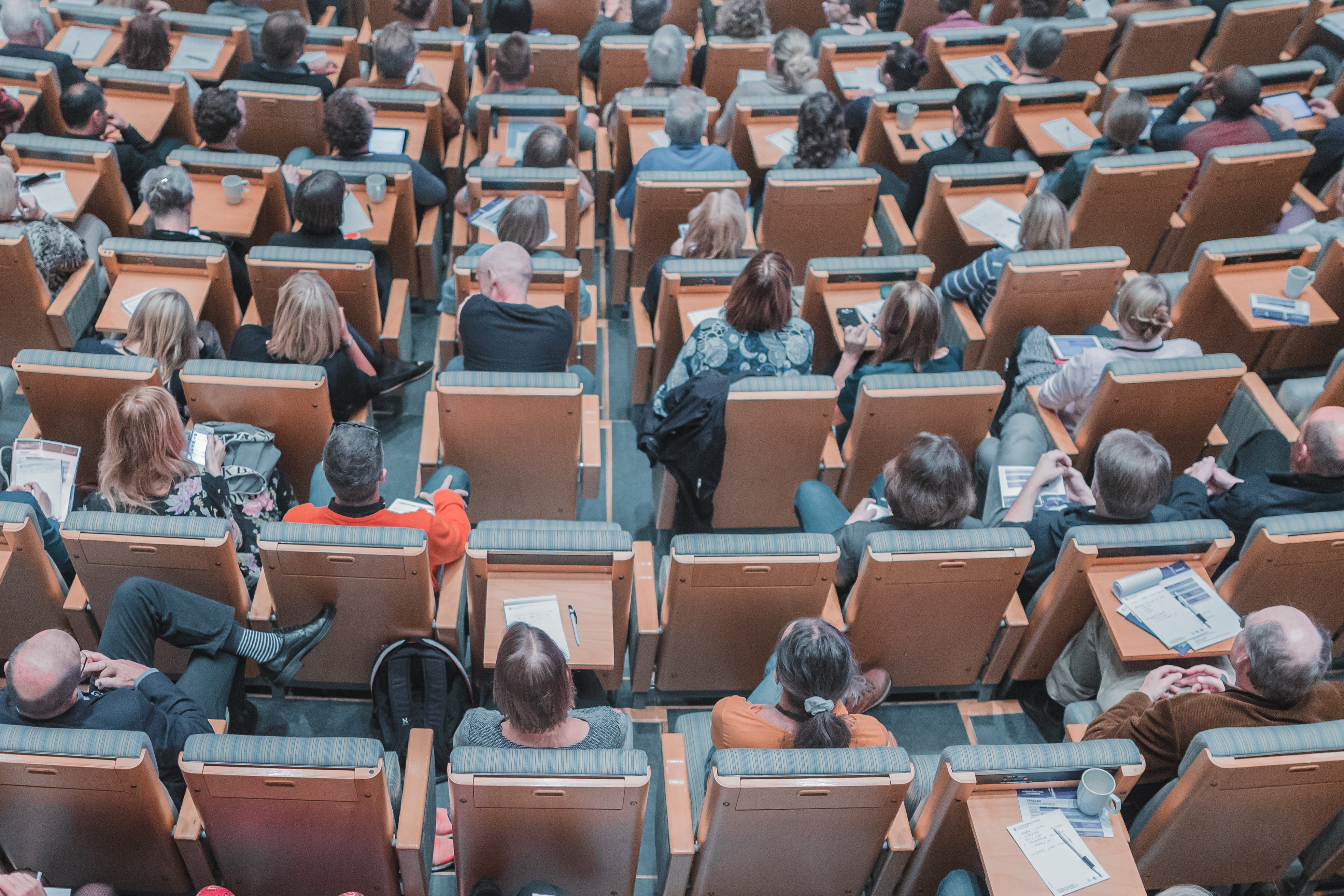Reading & Composition
The Unhomely

“No live organism can continue for long to exist sanely under conditions of absolute reality; even larks and katydids are supposed, by some, to dream. Hill House, not sane, stood by itself against its hills, holding darkness within; it had stood so for eighty years and might stand for eighty more.”
- Shirley Jackson, The Haunting of Hill House (1959)
These enigmatic lines pull us into The Haunting of Hill House, Shirley Jackson’s classic horror novel about a group of strangers who set out to experience Hill House’s hauntings for themselves. Though the novel certainly has plenty of spooky scenes, it’s Jackson’s writing style that particularly inspires a creeping feeling of dread. That Hill House itself is “not sane,” that its longevity means that the house could not, as a “live organism,” remain sane—ideas such as these leave us feeling destabilized, wondering if we can rely on our own sense of what a house is or should be.
We will begin by discussing our course’s central term: unheimlich, a German word usually translated as “uncanny;” the word often describes phenomena that seem somehow familiar, yet unnerving. Together we’ll encounter texts that refuse to say what’s “really” going on. Tales of the paranormal (or the very strange) will cause us to question the reliability of our narrators, and several of them will question the trustworthiness of their own senses. As we learn to familiarize ourselves with such ambiguities, oddities, and contradictions in our readings, we’ll practice expressing what we notice through collaborative discussion and short-form writing.
Your first writing project will focus on one of the shorter texts we’ve read, investigating moments in the text that trip you up or strike you as odd as you reread. Your task will be not to skim over such moments, but to focus on their strangeness in your writing—the more questions you ask about your reaction to little tricks of the language, the more you’ll learn to weave the uncanny into your own way of thinking. After workshopping your first draft with your peers and discussing it with me, you’ll revise and add to your thoughts for a second draft of this project.
Over the course of the semester, we’ll further expand our understanding of the uncanny—and the “unhomely”—as we encounter haunted houses, living statues, doppelgängers, and the weirdness of literature itself. The second writing project will introduce you to research resources available online and through the Berkeley libraries. For this project, you’ll choose a longer text or film we’ve studied in class; while you should still try to notice and articulate strange moments in the text, in this project you’ll also begin to converse with and intervene in the scholarly conversation about your chosen work. As you draft a proposal for this project, you’ll learn how to discern the differences between popular and scholarly writing; to evaluate the usefulness of secondary sources for your research goals; and to discuss your understanding of the primary text in conjunction with the work of other scholars. After writing a first draft, you’ll work closely with both peer and instructor feedback to substantially revise your argument and research in the second draft.
In this course, we will learn together as a community of readers and writers. As we read texts closely and dialogue with other literary scholars, we’ll strive to develop individual writing practices alongside the communal work of sharing our writing and offering one another feedback. It is my hope that each of you will cultivate your voice as a writer as you participate in exciting conversations about literature. Together, we will explore the power of rendering the everyday strange again and seeing what unexpected ideas emerge from beneath its once-familiar surface.
Course Texts
- “I years had been from home,” Emily Dickinson
- “The Unhomely,” from Ghostland: An American History in Haunted Places, Colin Dickey
- “The Sandman,” E.T.A. Hoffmann
- “The Uncanny,” Sigmund Freud
- “The Venus of Ille,” Prosper Mérimée
- “The Horla,” Guy de Maupassant
- “The Yellow Wallpaper,” Charlotte Perkins Gilman
- The Metamorphosis, Frank Kafka
- The Haunting of Hill House, Shirley Jackson
- Portrait of a Lady on Fire, Céline Sciamma
- Vertigo, Alfred Hitchcock
- Films selected by students for the final weeks of the semester
Please note: this course will be taught asynchronously, i.e. not on Zoom but rather through a variety of written activities, such as working with course texts and practicing writing skills. Students will complete some activities individually and others collaboratively, either in small groups or pairs. Familiarity with Google Drive, Google Docs, and WordPress will be helpful, as these are the primary platforms that our course will use; if you are unfamiliar with any of these platforms or unsure about the format, please feel free to email the instructor with any questions.